Jacquemus: An Intriguing Journey from Quality Craftsmanship to Strategic Pricing in Luxury Fashion

In the grand and opulent world of luxury fashion, where the colossal shadows of industry behemoths such as Louis Vuitton, a new and audacious challenger has emerged on the horizon. This bold contender is none other than Jacquemus - a brand that has dared to rise against the tide, challenging the established norms and conventions of the high-end fashion industry.
Picture this: you're walking through a maze of towering fashion giants, each more intimidating than the last. Each brand commands its own space, each one enveloped in an aura of exclusivity and extravagance. Suddenly, you spot something different - a brand that stands out not for its size or dominance, but for its distinctiveness and daring. That brand is Jacquemus.
DISCLAIMER: This is an UNSPONSORED review. I purchased all of these products myself and am not affiliated with the brand mentioned in any way. All statements and expressions made about the products are solely the opinion of Tanner Leatherstein and are not meant to be conclusive or definitive. The purpose of this video is for informational and educational purposes only. We recommend that as a consumer, you exercise your due diligence and research on the products before adopting the opinion of Tanner Leatherstein.
The Intricate Dance of Pricing & Quality: A Unique Approach in Luxury Fashion
Jacquemus has managed to do something extraordinary. The brand charges a price multiplier of 6 to 7, even without having an extensive network of retail stores. This is a significant achievement that challenges the typical business models of the luxury fashion industry. It's like scoring a touchdown without even having a full team on the field.
Simon Porte Jacquemus, the mastermind behind the brand, has cleverly utilized pricing as a powerful tool for both branding and revenue generation. It's a two-pronged strategy: high prices make the items feel exclusive, almost out of reach for most people. This creates an aura of desire around the products, making them seem more valuable and coveted.
At the same time, these high prices also create an automatic perception of quality. People tend to equate expensive things with high quality. So, when they see the price tag on a Jacquemus product, they immediately associate it with top-tier quality and craftsmanship. It's the old adage "you get what you pay for" at play.
This unique approach to pricing has not only catapulted Jacquemus into the limelight but also generated a steady stream of revenue for the brand. This money can then be funneled back into the business for advertising and distribution partnerships, further fueling the brand's growth and success.
From Excellence to Efficiency: Quality to Cost-Cutting in Fashion's Rough Seas
In the cut-throat world of fashion, quality is the trump card that can make or break a brand. In its early days, Jacquemus was all about creating top-tier items that were second to none in terms of quality. But as the brand started gaining traction, things began to shift.
Think about Jacquemus as a small but mighty ship sailing in the vast ocean of the fashion industry. Initially, their sole focus was on making their ship as robust and reliable as possible, using nothing but the finest materials and techniques. This strategy of prioritizing quality above all else helped them carve out a niche for themselves and earned them a reputation for excellence amidst a sea of competitors.
However, the course of Jacquemus started to change. The brand's focus gradually shifted from just producing high-quality products to implementing strategies that would help cut costs and boost profits. It’s like they began exploring ways to construct their ships more cost-effectively, without compromising on their ability to withstand the rough seas.
This shift in focus placed Jacquemus at an interesting juncture. They had to strike a fine balance between upholding the high-quality standards that set them apart and adopting cost-cutting measures to meet the expectations of their expanding customer base. It's akin to walking a tightrope - leaning too much towards either side could lead to a fall.
Beyond the Hype: The True Worth of Jacquemus in Luxury Fashion
Upon closer examination of the Jacquemus Le Bambino bag, it becomes evident that frugality was at the forefront of its creation. Each component betrays a sense of penny-pinching, contributing to an overall impression of mediocrity. It's a disheartening revelation, especially given the 'Made in Italy' label, which usually carries with it an expectation of superior craftsmanship.
The bag is said to be made from 100% calf skin, but it looks like a shiny finish on what's probably just regular cowhide. This kind of finish can hide any flaws in the leather. There's nothing wrong with the leather, but it's not anything special either. It fits in with the other choices made when putting together this bag.
Even though there isn't much metal on the bag, the quality isn't great. The coating comes off easily and the soft metal doesn't hold up well against a knife. A rough guess suggests that the amount of leather used - costing no more than $16 - would be enough to make a bag of this size. If you include the quality of the work done, the total cost to make the bag wouldn't be more than $60. But the bag's price tag is $680, which means they're charging nine times more than it costs to make - a mark-up you'd expect from big-name luxury brands.
However, the quality of the leatherwork and metal doesn't match those found on items from high-end fashion brands. It seems the high price is more about the hype around Parisian fashion than the actual quality of the bag. If someone values that, they might think this bag is worth buying. But for most people, it's hard to see why they should pay so much for this level of quality.
Conclusion
In conclusion, while Jacquemus has made a name for itself in the luxury fashion industry, it appears that their pricing strategy does not necessarily reflect the quality of their products. The brand's shift from prioritizing top-tier production to implementing cost-cutting measures raises questions about its value proposition.
Although the allure of owning a piece from a trendy Parisian brand like Jacquemus may hold appeal for some, the actual craftsmanship and materials used may not justify the high price tag for many. Therefore, it is essential for consumers to understand what they are investing in and consider whether the perceived status and exclusivity of a brand outweigh the potential trade-off in product quality.




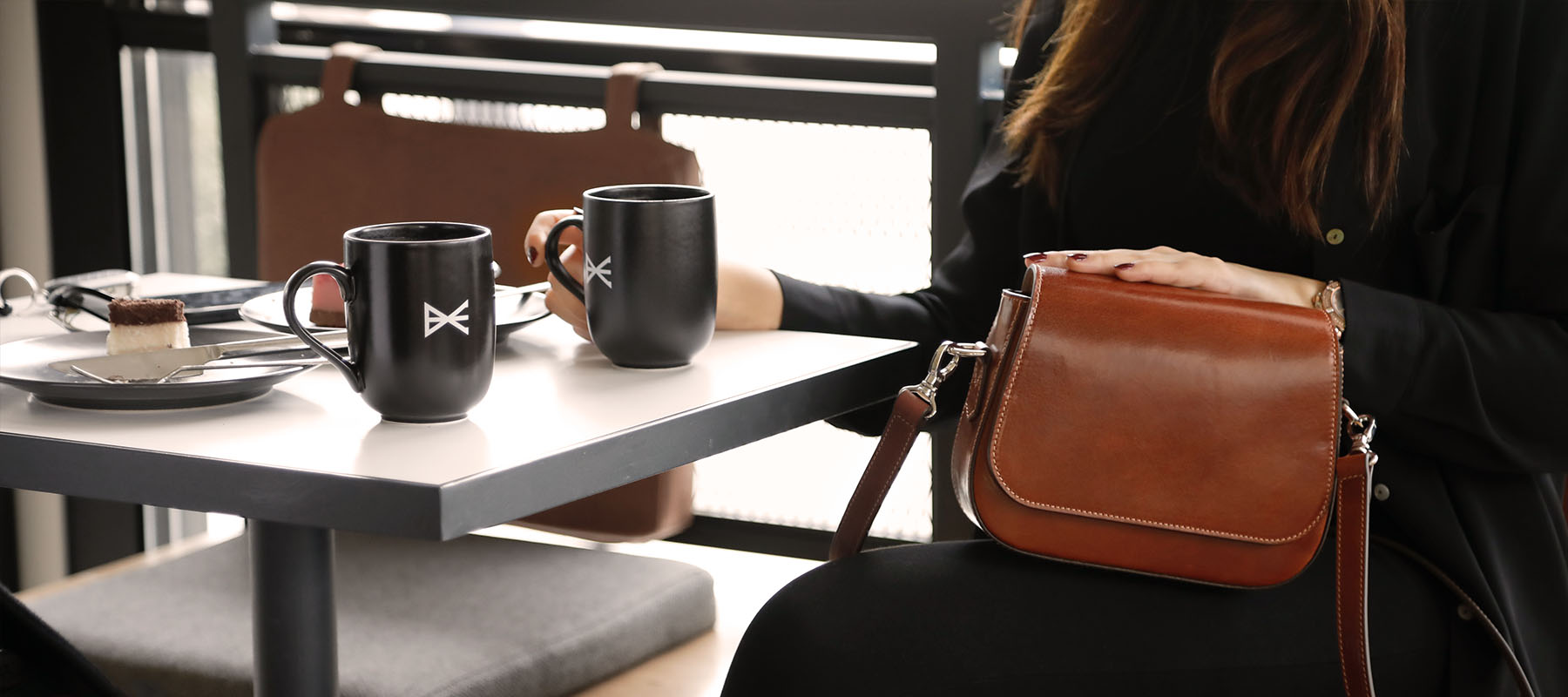
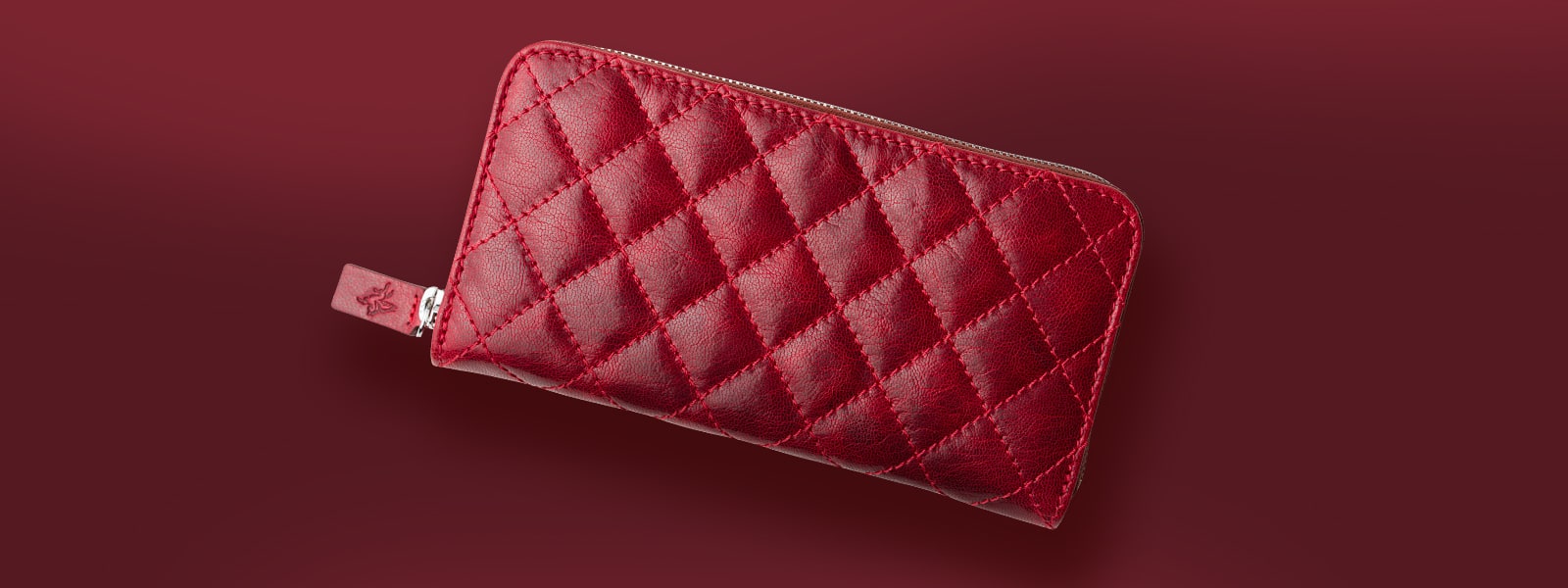
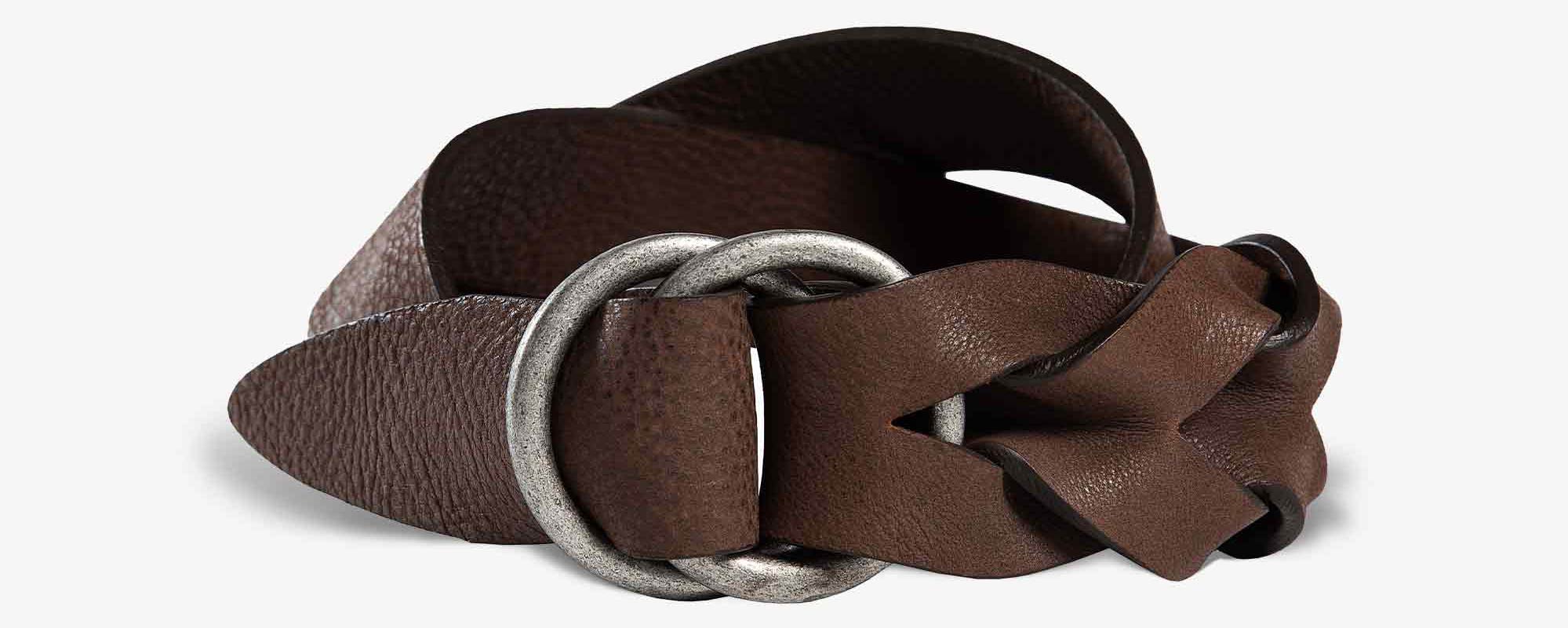
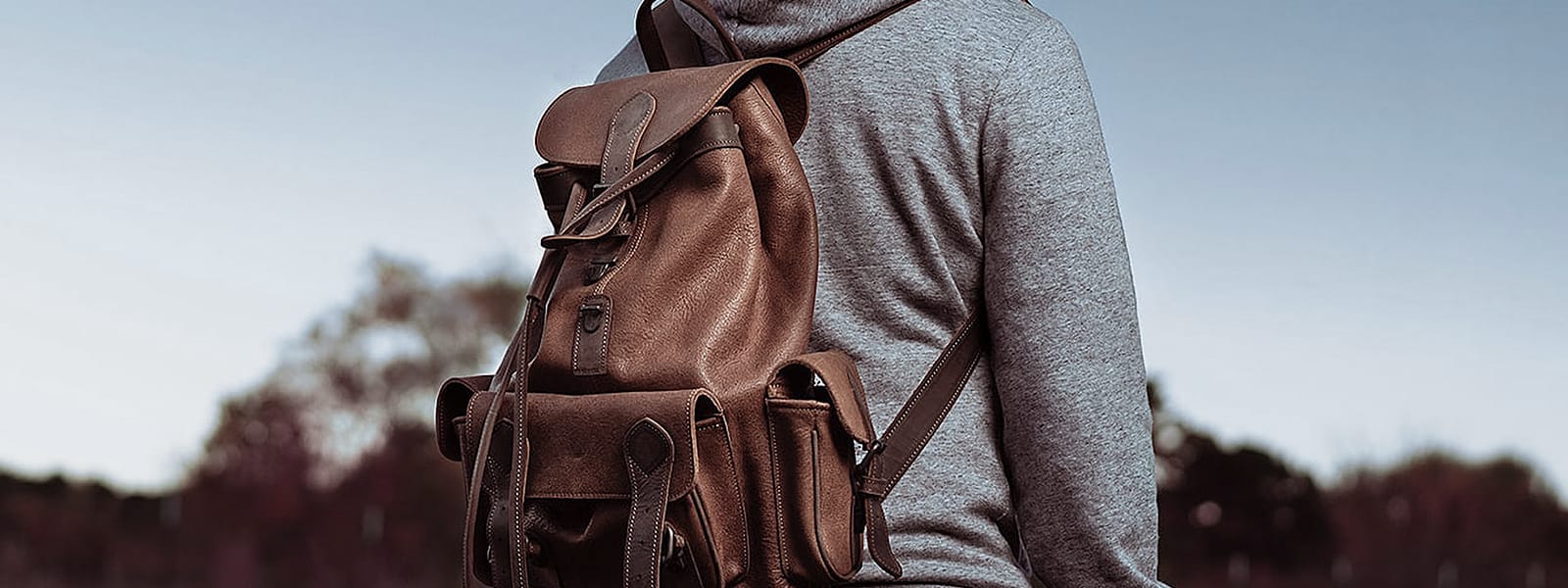
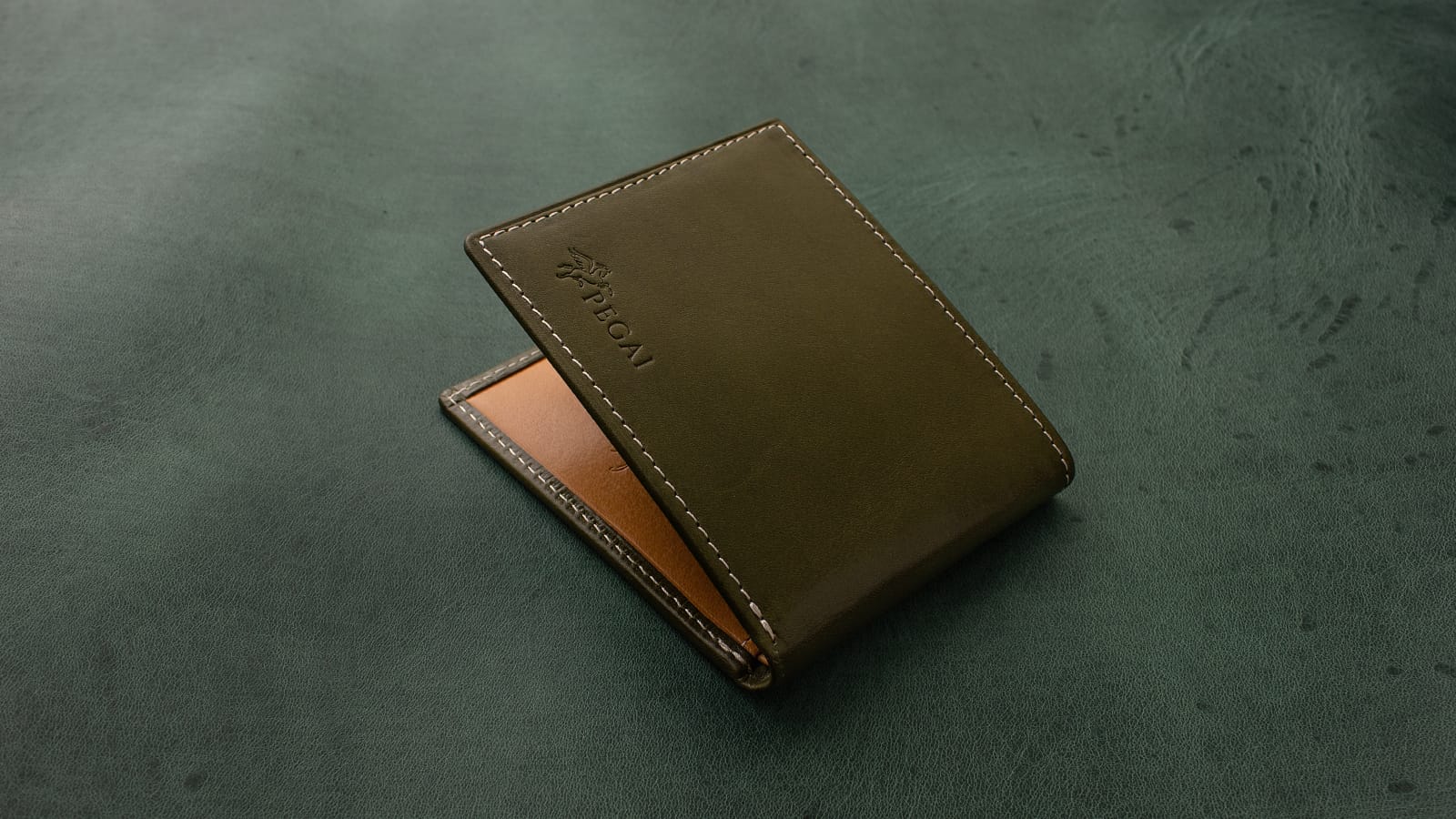
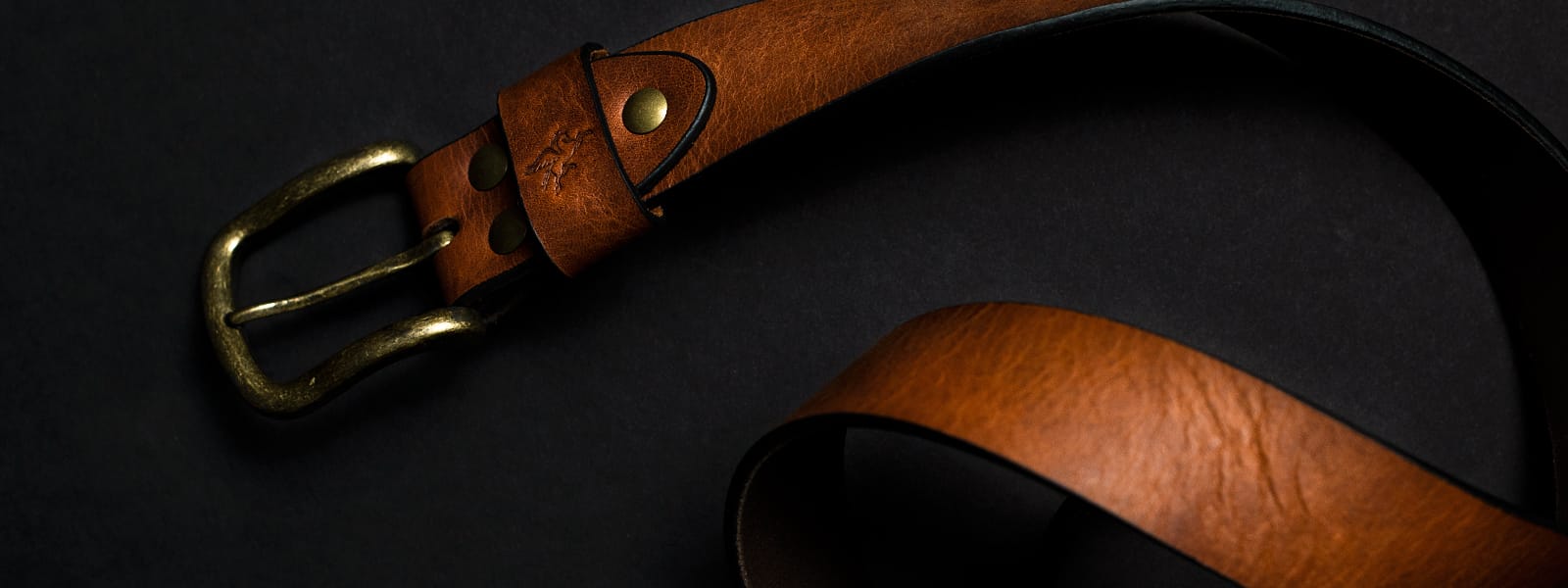

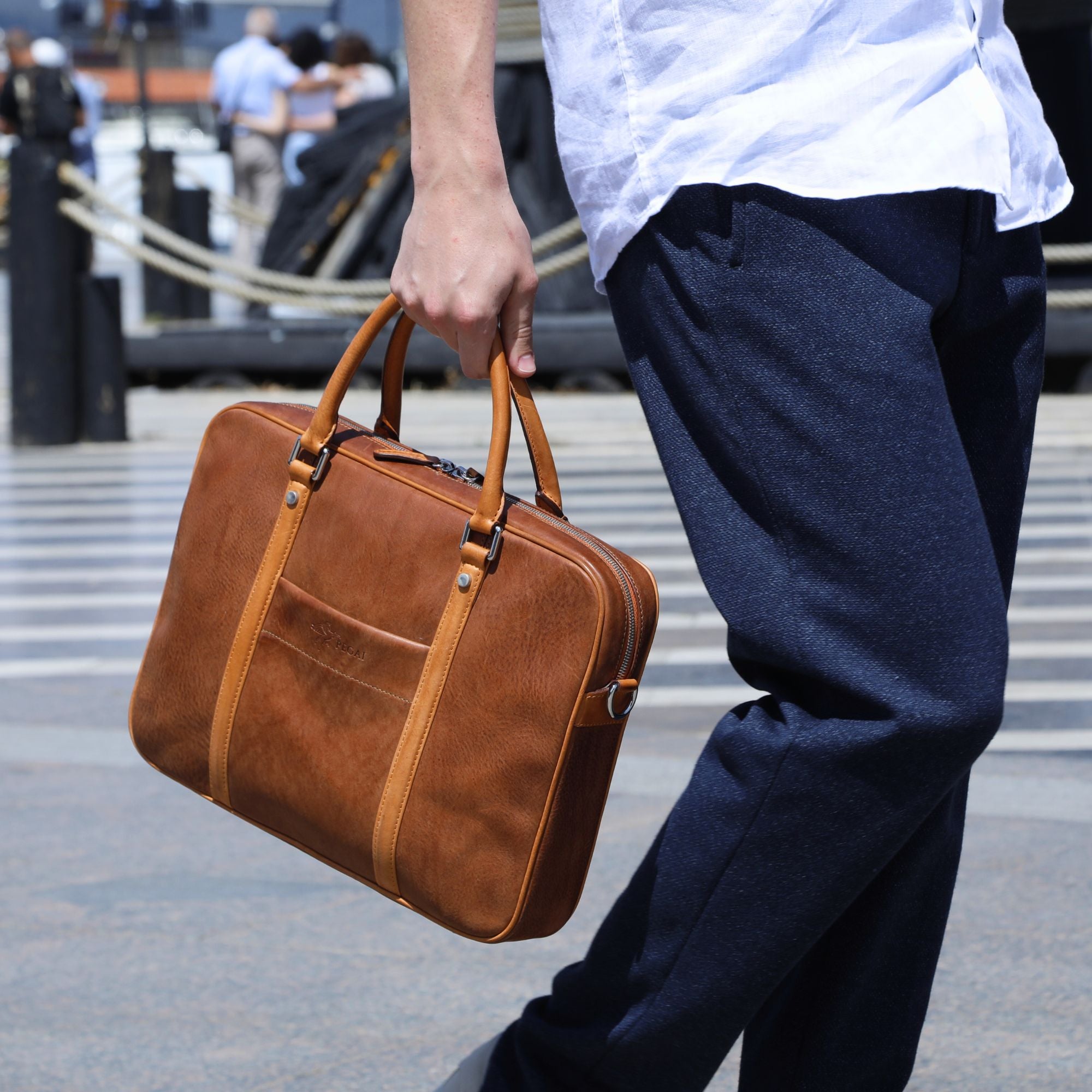
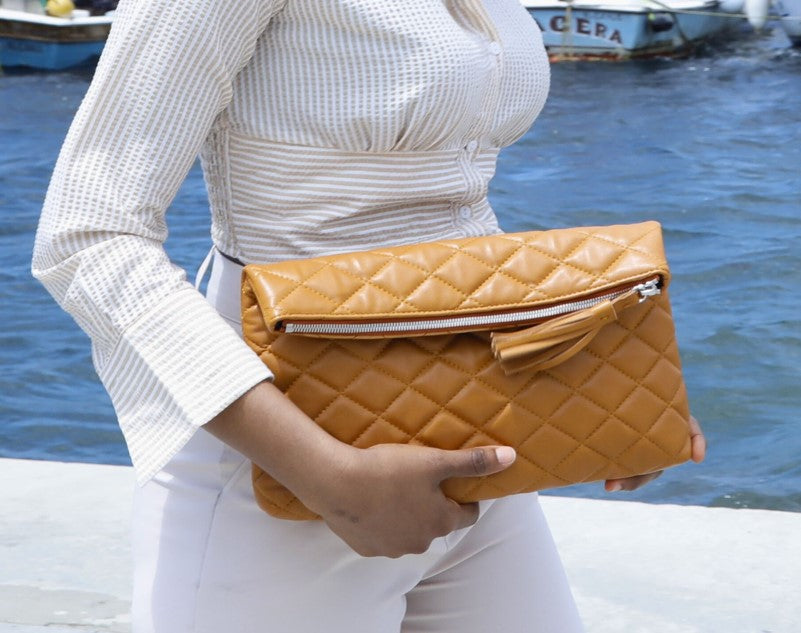
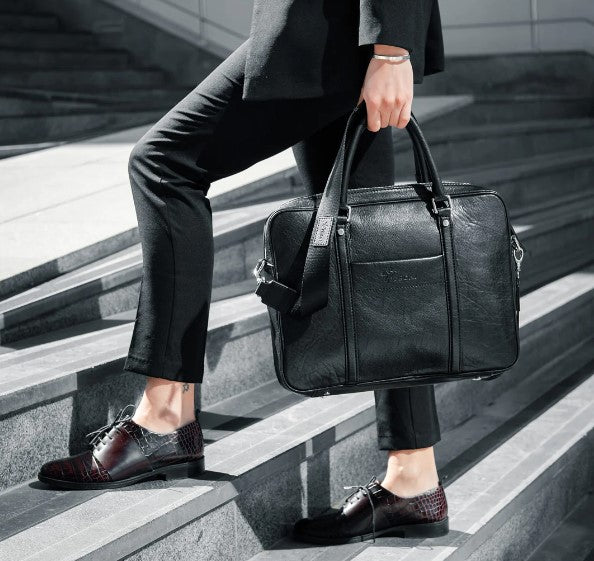
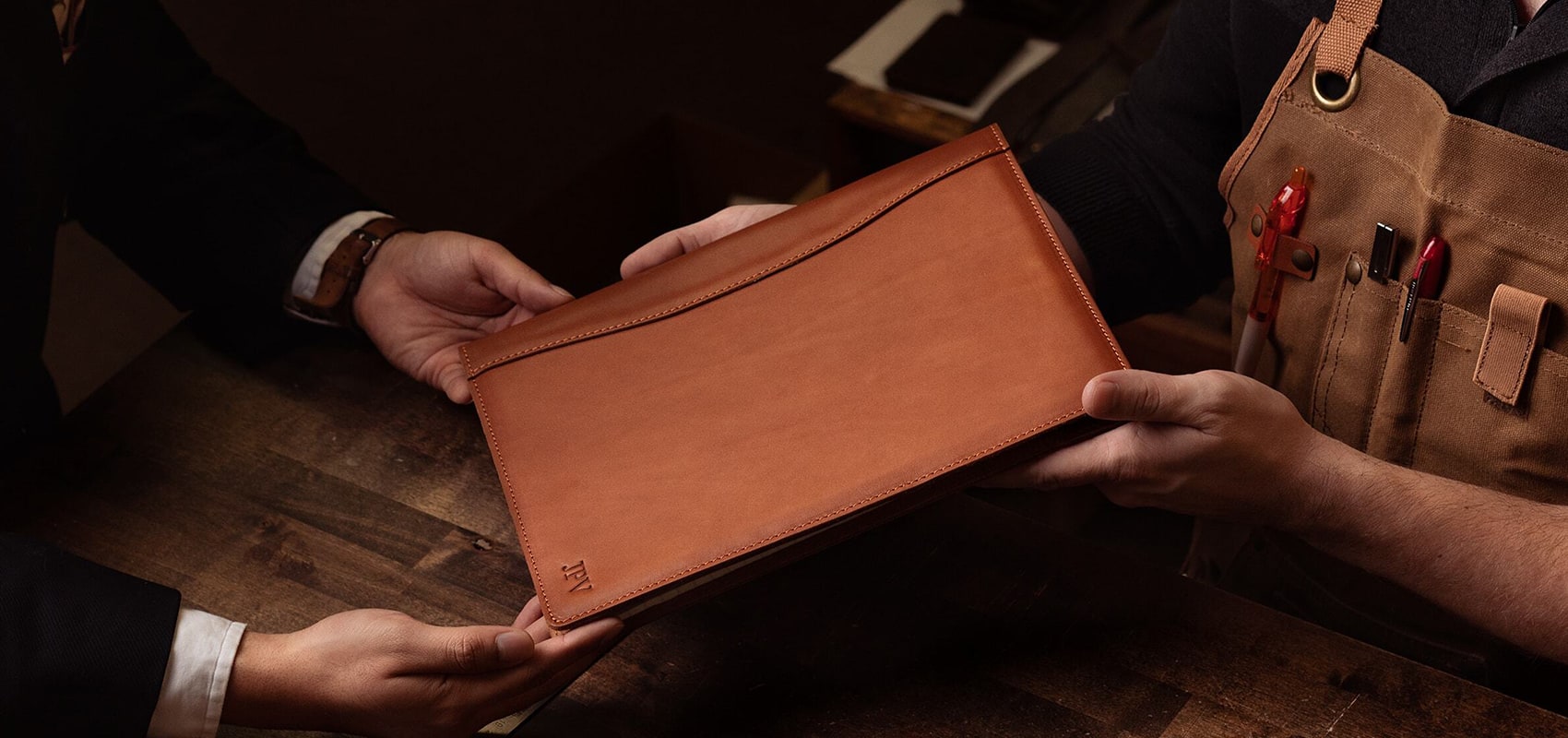
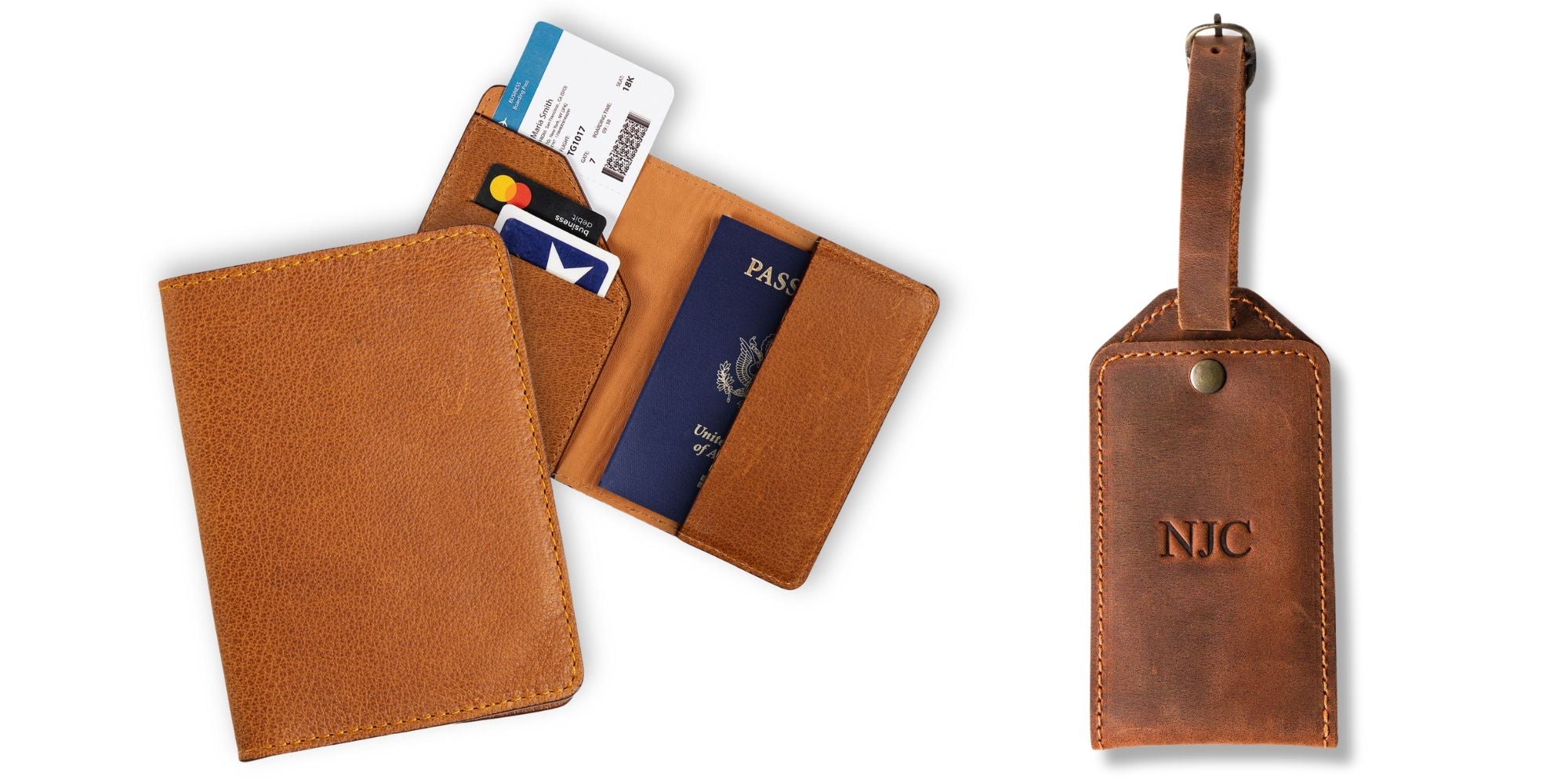
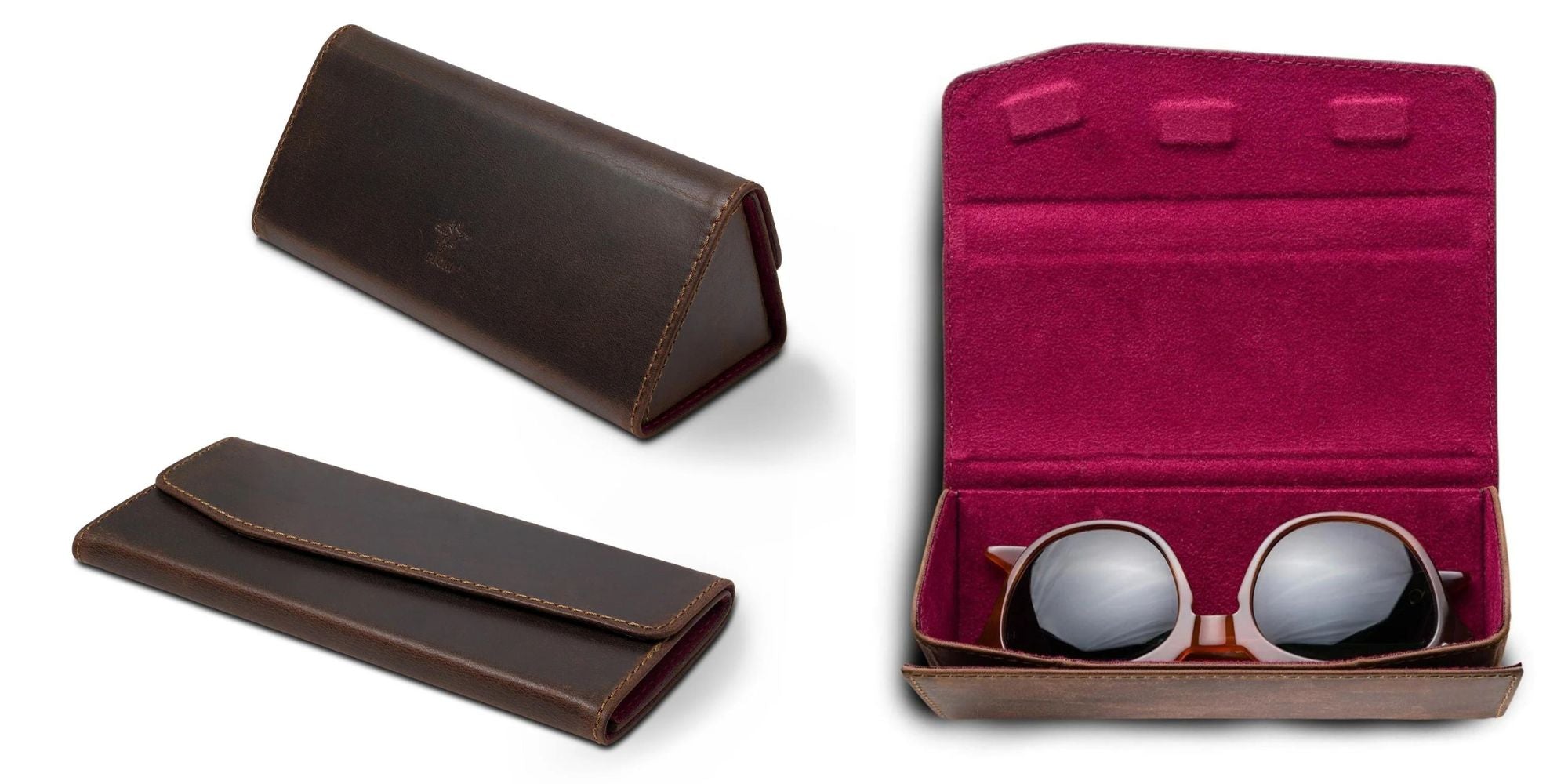
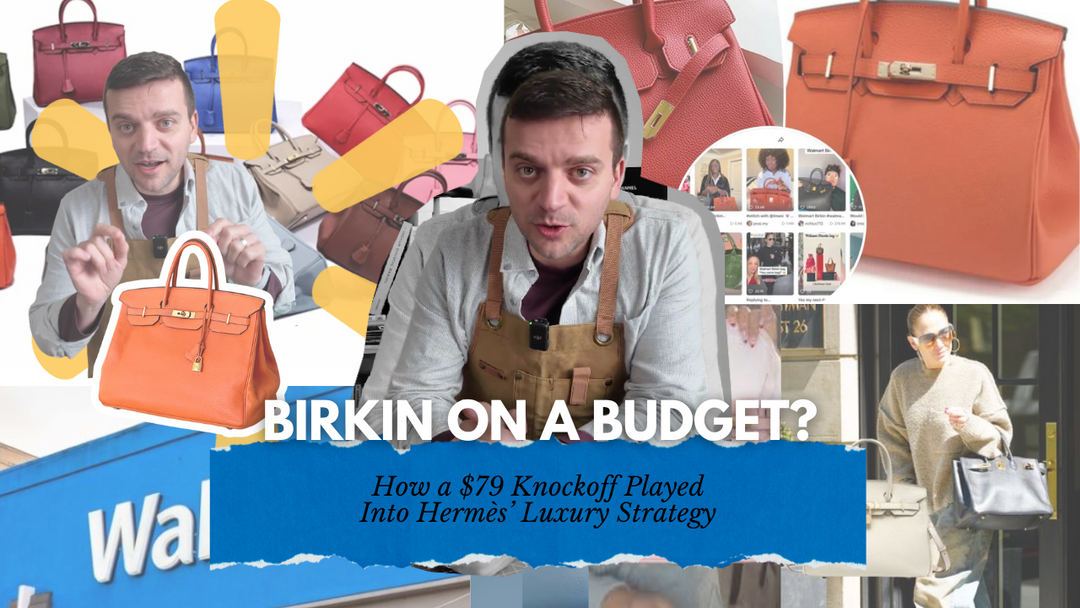
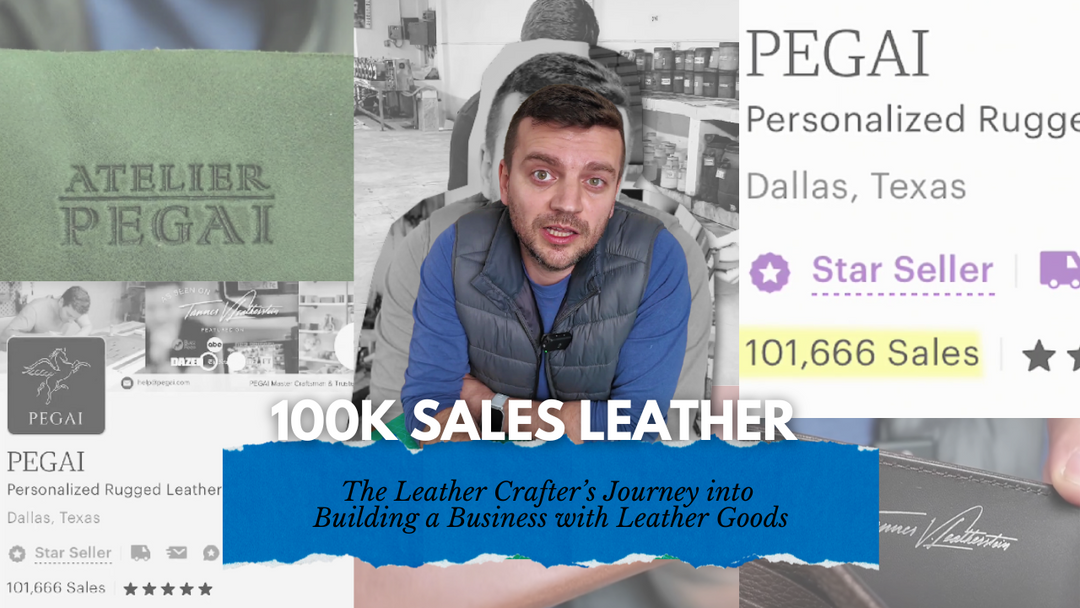
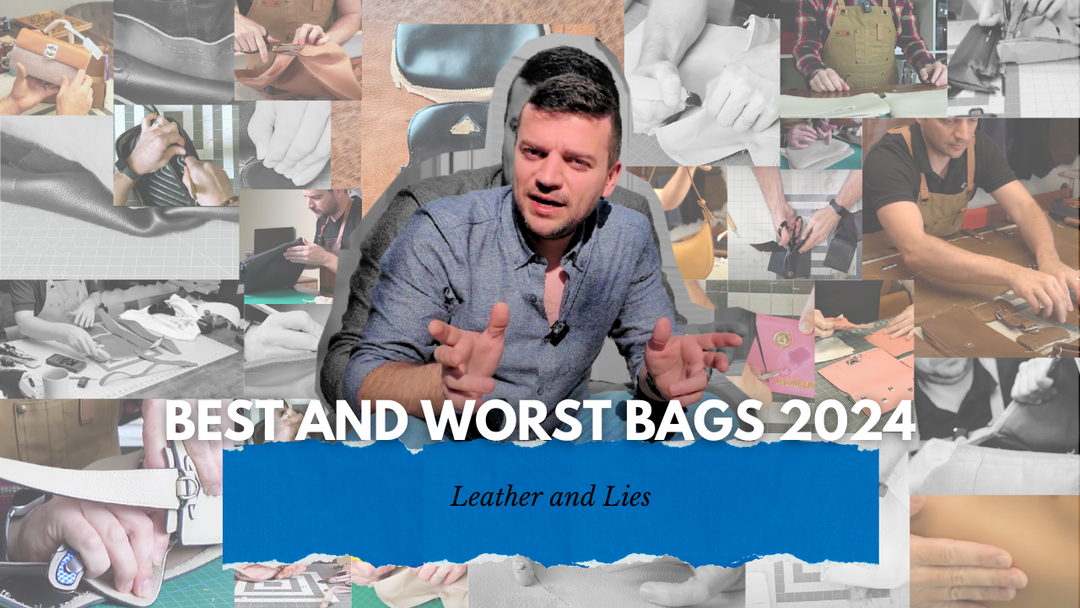
Leave a comment